
Yolanda Yvonne Montes Farrington, better known by her stage-name Tongolele, is an American dancer, actress and vedette.

Maria Antonieta Pons was a Cuban-born Mexican film actress and dancer. She was the first actress in the Rumberas films in the 1940s and 1950s, in the Golden Age of Mexican cinema. The Rumberas film genre offered a societal perspective on Mexico during the 40s-50s. It delved into the lives of women deemed as sinners or prostitutes, challenging the prevailing moral and social norms of their era.

Catalina Margarita López Ramos, known professionally as Marga López, was an Argentine-born Mexican actress.

Angélica María Hartman Ortiz, also known as "La Novia de México", is a Mexican singer and actress. She debuted as a child actress in the Golden Age of Mexican Cinema in films such as Pecado (1951), Una mujer decente (1951) y Mi esposa y la otra (1954). During the 1960s, she became a teen idol in Mexico thanks to her telenovelas and films, along with her musical career with compositions by Armando Manzanero that made her known as a rock and roll and pop ballad singer. Her hits include the Hot Latin Tracks top 40-singles "El hombre de mi vida", "Reina y cenicienta", "Prohibido" and "El taconazo".

Miroslava Šternová, known professionally as Miroslava Stern, was a Czechoslovak-Mexican actress.
Zoyla Gloria Ruiz Moscoso, better known by her stage name Leticia Palma, was an actress who worked in Mexican cinema. She was most famous for her role in Roberto Gavaldón's En la palma de tu mano, which ranked 70th on Somos magazine's 1994 list of the 100 best Mexican films.
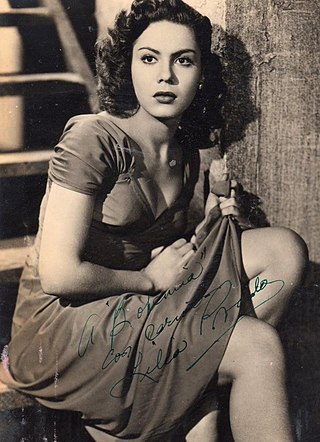
Leticia Lilia Amezcua Prado, known as Lilia Prado, was a Mexican actress and dancer. Noted for her beauty and on-screen sensuality, she was a famous star and sex symbol of the Golden Age of Mexican cinema.

María Esther Fernández González was a Mexican actress.
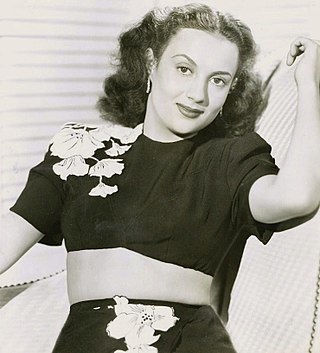
María Elena Marqués Rangel was a Mexican actress and singer who was a star during the Golden Age of Mexican cinema in the 1940s and 1950s.
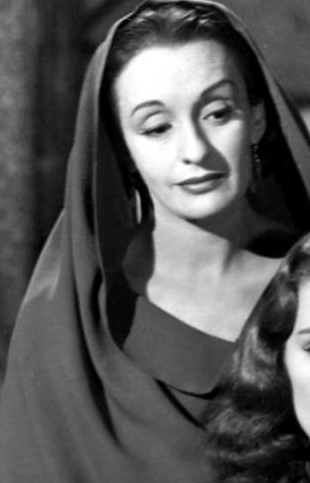
Guadalupe Bracho Pérez-Gavilán, known professionally as Andrea Palma, was a Mexican actress. She was considered the first major female star of the Mexican cinema after her role in the Mexican film La Mujer del Puerto (1934).
Yolanda Varela was a Mexican actress. Born in Mexico City on 30 March 1930, she started acting at a very early age. She studied ballet in the National Institute of the Performing Arts. Varela was the leading actress in many Mexican films and some Spanish/Mexican co-productions.

Meche Barba was a Mexican film actress and dancer of the Golden age of Mexican cinema in the 1940s and 1950s. She was considered one of the icons of the "Rumberas film".

Rosa Carmina Riverón Jiménez is a Cuban-Mexican actress and dancer.

Emelia Pérez Castellanos, known professionally as Ninón Sevilla, was a Cuban-Mexican actress and dancer.
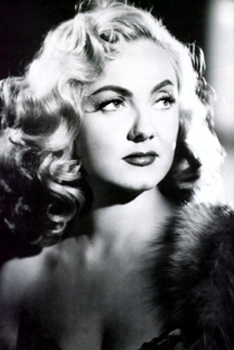
Emilia Guiú Estivella was a Spanish-Mexican actress who appeared mainly in Mexican films, particularly in the 1940s and 1950s in the Golden Age of Mexican cinema. She made over 60 film appearances between 1943 and 2000 and typically played villain roles and "femme fatale". She also made a number of theatrical appearances.
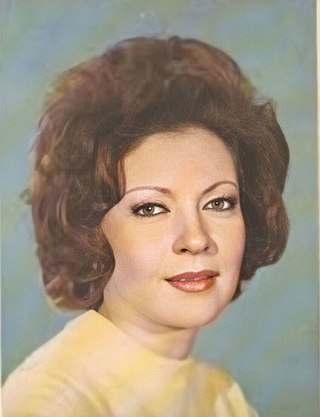
María de la Cruz "Maricruz" Olivier Obergh was a Mexican actress of film, television, and theater. She is best remembered for starring in the 1959 version of the telenovela Teresa, which was a success as it established her on-screen persona of playing villains.

Rosita Quintana was an Argentine-Mexican actress, singer and songwriter. She was one of the top leading ladies of the Golden Age of Mexican cinema. She starred in Luis Buñuel's Susana (1951) and musical films such as Serenata en México (1956) and Cuando México canta (1958). Her performances earned her acting awards from Mexico, Argentina, Russia, and Spain. In 2016, she received the Mexican Academy of Film Arts and Sciences' Golden Ariel Award for career achievement.
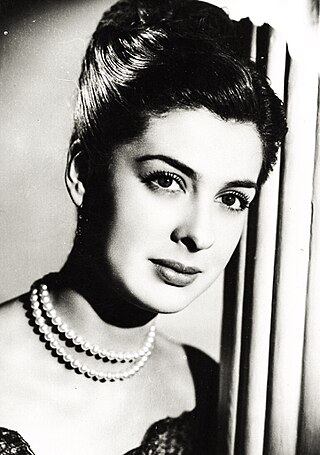
Rebeca de Iturbide Betancourt (1924–2003) was a Mexican-American actress of the Golden Age of Mexican cinema, who was known for her versatility, being able to play comedy or drama. She was a pioneer in television, playing roles in the mid-1950s. In addition to acting, she also wrote and painted.

Rosita Fornés was a Cuban-American singer and film actress. She was noted for her multifaceted career in the entertainment industry of Cuba. She worked in cinema, the theater, radio, television and cabaret.

Women of the Theatre is a 1951 Mexican musical film directed by René Cardona and starring Emilia Guiú, Rosita Fornés and María Victoria. The film's sets were designed by the art director Francisco Marco Chillet.

















